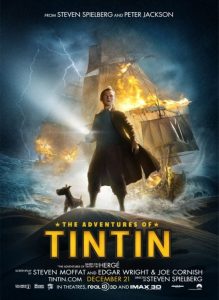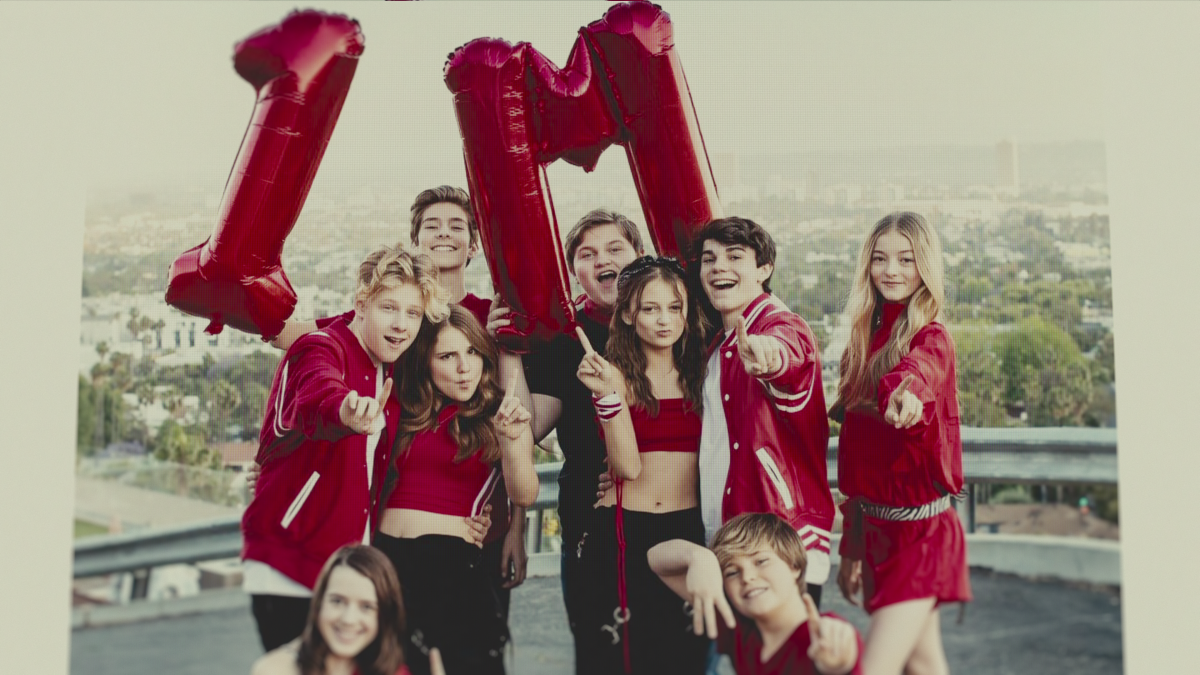 Steven Spielberg’s most recent film, “The Adventures of Tintin: The Secret of the Unicorn”, competes for the the end of 2011’s box office, from its release on December 21. Struggling to contend against “Hugo”, Spielberg’s first animated feature falls short of Scorsese’s first animated feature, but still, at least, provides a fantasy-mystery journey for the audience to follow.
Steven Spielberg’s most recent film, “The Adventures of Tintin: The Secret of the Unicorn”, competes for the the end of 2011’s box office, from its release on December 21. Struggling to contend against “Hugo”, Spielberg’s first animated feature falls short of Scorsese’s first animated feature, but still, at least, provides a fantasy-mystery journey for the audience to follow.
Based off of Hergé’s classic comic books of the same name, “Tintin” explores the lively events of a young journalist’s life after he buys a miniature model of Sir Francis Drake’s ship, the Unicorn. Tintin and his dog Snowy maneuver the streets of a sprightly European town, as Tintin is abruptly confronted by many strange men asking to buy the model ship off him. When Tintin returns to his home the next day, his apartment was ransacked and he finds that the ship has been stolen. Apart from an important piece of the ship that had been broken off (and will help lead Tintin to Sir Francis’s treasure), the young hero is left with no clue as to why somebody would steal the model. He and his dog venture across the world to find the culprit after researching the treasure and creating an alliance with Sir Francis’s ancestor, a middle-aged, alcoholic ship captain named Haddock.
Aside from stunning animation, “The Adventures of Tintin: The Secret of the Unicorn” doesn’t have much to offer. Surprisingly, Spielberg fails to give the characters much depth and renders them as personality-less computer figures. Thankfully, the animation team does a more-than-fantastic job creating the characters’ physical attributes. The features on Haddock’s face, such as his beard, the dirt on his face, and the little wrinkles around his eyes and forehead, are more realistic than any previous CGI motion picture. Even Tintin’s fox terrier dog, Snowy, is rendered gorgeously and looks soft enough to touch. Unfortunately, the glamour of the characters gets the best of Spielberg, and he disregards all character interactions, which makes for clunky and confusing dialogue and dull personalities. The voice actors do a mediocre job bringing their characters justice, and it seems that the only one who tries to make his character interesting is Andy Serkis, who plays Captain Haddock.
None of this is to say that the film is a failure; there is plenty of action, including a stern-deck sword fight, a bullet time sequence, and numerous wild chase scenes. Captain Haddock also brings a couple laughs out with his drunken antics, and Snowy’s adorable, hyperactive playfulness brings some entertainment. Despite some flaws with the film, Spielberg made some impressive CGI cinema breakthroughs with “The Adventures of Tintin”. With much room for improvement, hopefully Tintin’s eventual sequel will hold up better than the first in terms of planning, storyboard, and character development.








